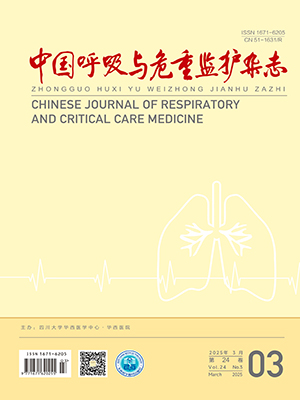Objective To explore the inhibitory mechanism of Imatinib mesylate on pulmonary fibrosis induced by bleomycin inmice. Methods A total of 120 C57BL/6 mice were randomly divided into four groups, ie. a control group, a model group, a dexamethasone group, and an Imatinib group. The model of pulmonary fibrosis was established by a single intratracheal instillation of bleomycin in the rats. Then dexamethasone or Imatinib were given intraperitoneally respectively. On day 7, 14, 21 after the treatment, 10 mice of each group were sacrificed respectively. The expressions of TGF-β1 and α-SMA in lung tissue were analyzed by immunohistochemistry. The mRNA expression of TGF-β1 was measured by RT-PCR. Results The expressions of TGF-β1 and α-SMA in lung tissue at each time point were significantly increased in the model group compared with the control group. And the expressions were obviously decreased in the dexamethasone group and the Imatinib group compared with the model group, with no significant differences between the two treatment groups. The expression of TGF-β1 was positively correlated with the α-SMA expression ( r= 0. 251, P lt;0. 05) . Conclusion The inhibitory effect of Imatinib on pulmonary fibrosis may be related to the inhibition of TGF-β1 and α-SMA expressions.
Citation: LI Li,LI Yanqin.. The Inhibitory Mechanism of Imatinib Mesylate on Bleomycin-Induced Pulmonary Fibrosis in Mice. Chinese Journal of Respiratory and Critical Care Medicine, 2009, 09(4): 365-370. doi: Copy
Copyright © the editorial department of Chinese Journal of Respiratory and Critical Care Medicine of West China Medical Publisher. All rights reserved




